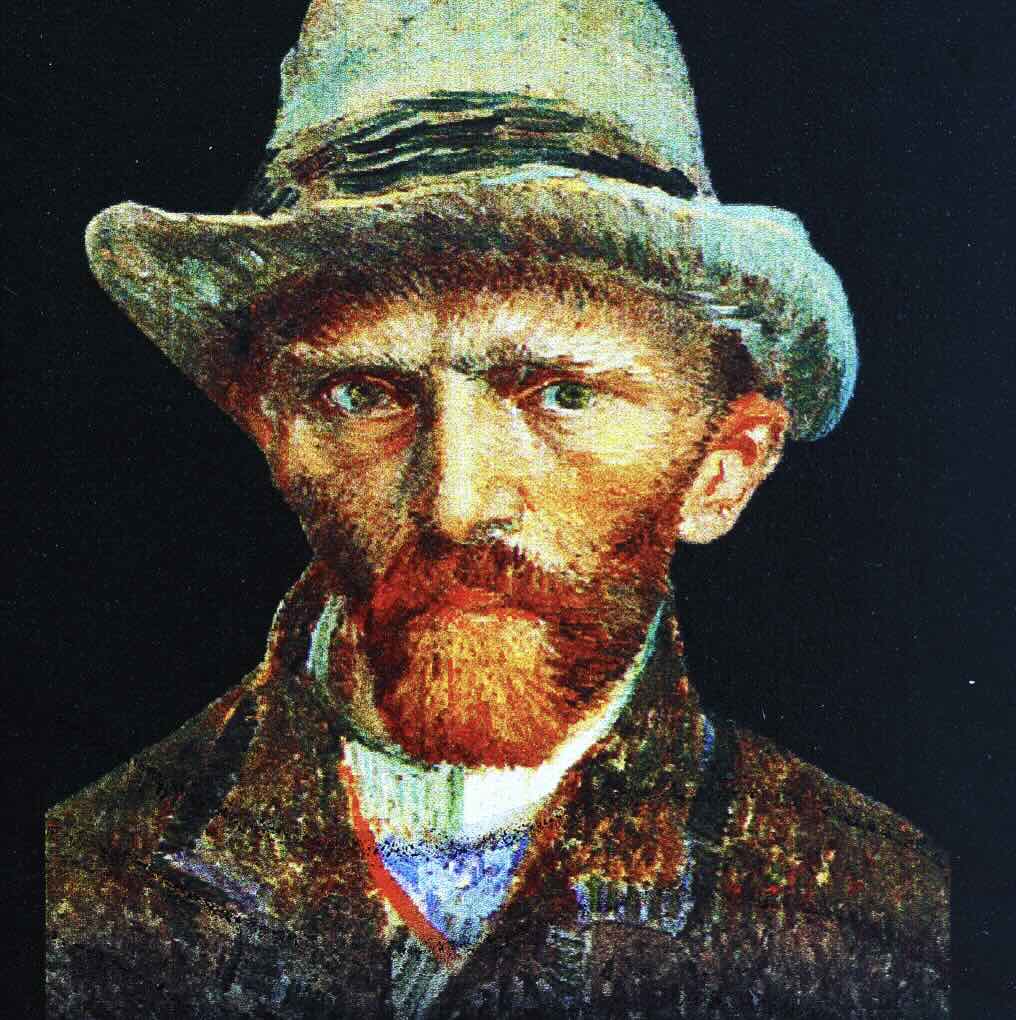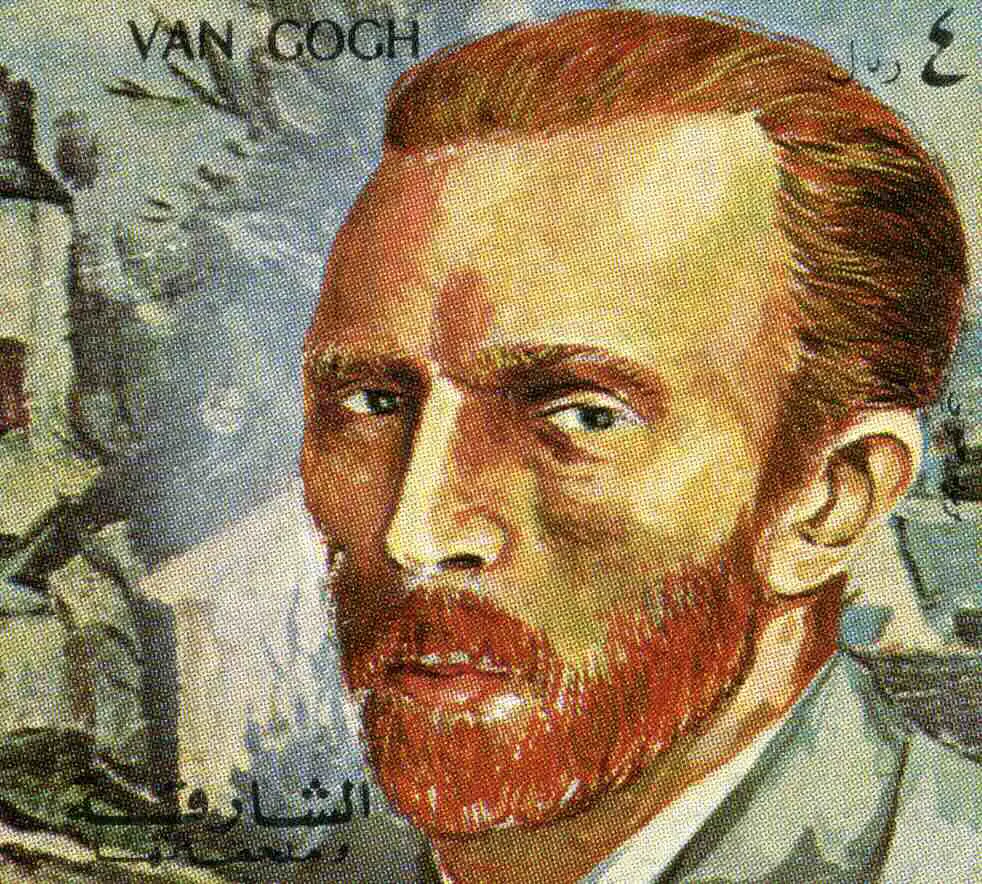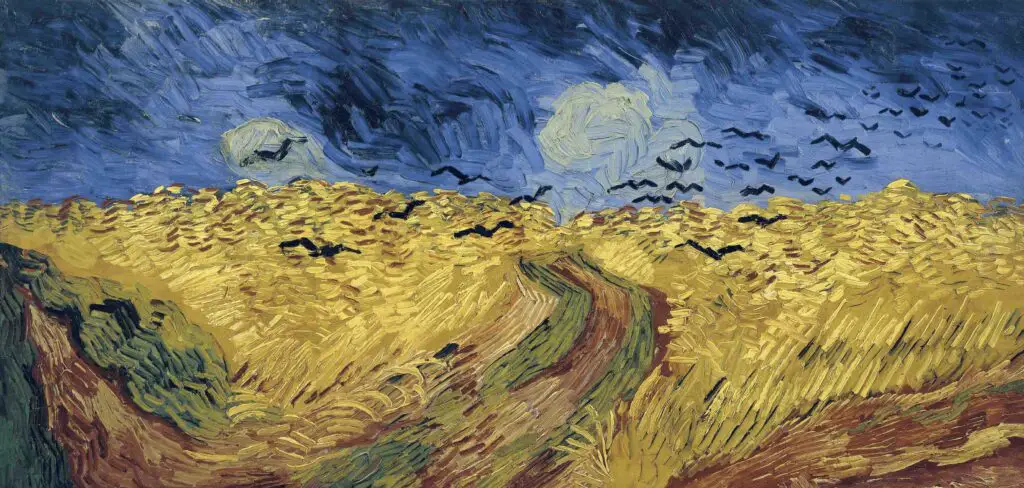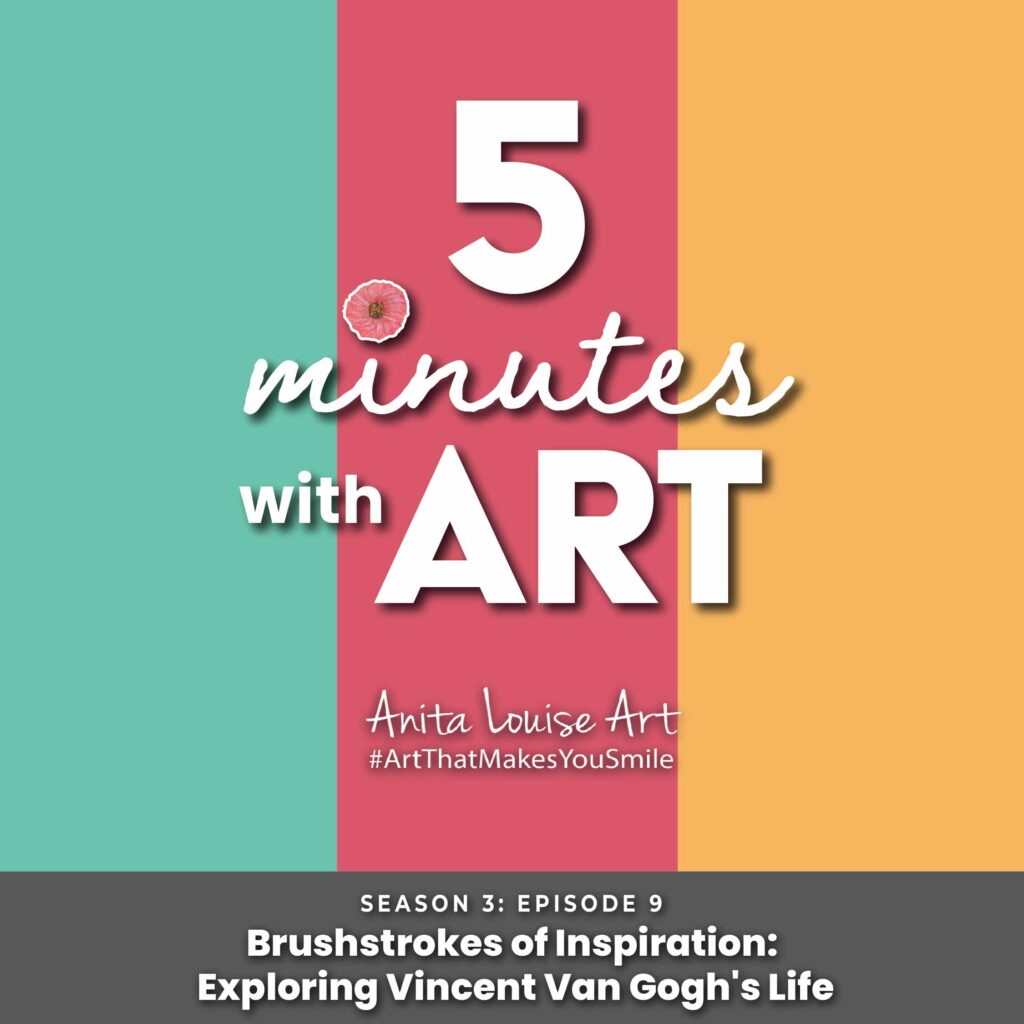Throughout my journey as an artist, I’ve drawn inspiration from many predecessors whose works have transcended time and trends. Among these influential figures, one artist who holds a special place in my heart is Vincent van Gogh, the Dutch maestro whose life and art have fascinated me deeply.
There are many reasons why Vincnet Van Gogh continues to inspire me. Among those is his use of brustrokes, how he used colors and color combinations and also showed us the importance of showing raw emotion in art. All of these and other things help to continues to make Vincent Van Gogh one of the most significant artists who ever lived.
Table of Contents
Why Vincent Van Gogh Captivates Me
My fascination with Vincent van Gogh is multifaceted, extending beyond his art to encompass the person he was and the legacy he left behind. Here are some aspects that deeply resonate with me:

Vincent Van Gogh’s Unparalleled Brushwork
Van Gogh’s brushwork is, for me, the epitome of emotional expression in art. His strokes are loaded with fervor, each one contributing to a canvas that pulsates with life, energy, and emotion. This dynamic quality of his painting technique encourages me to explore the limits of expression within my own work.
Vincent Van Gogh Uses A Symphony Of Colors
The colors in van Gogh’s paintings are another aspect that captivates me. He had the extraordinary ability to use colors to convey emotions, from the tumultuous swirls of “The Starry Night” to the tranquil blues and yellows of “Wheatfield with Cypresses.” His bold use of color palettes inspires me to experiment with my own color applications, seeking to evoke emotions just as he did.
Vincent Van Goghs Shows Raw Emotion
There’s an undeniable rawness in van Gogh’s art that speaks volumes about his inner turmoil and passion for life. His works, reflecting both profound despair and immense beauty, teach me the power of authenticity in art. They serve as a reminder that the most impactful art often stems from genuine emotion and personal experience.

Vincent Van Gogh Was A Master Of Innovation And Influence
Van Gogh was a pioneer, not afraid to break the norms of his time and explore new directions in art. His innovative spirit encourages me to push boundaries in my own creative process, exploring new techniques and subjects.
Vincent Van Gogh Is A Story Of Resilience
Van Gogh’s life story is a poignant narrative of struggle, creativity, and the search for understanding. Despite facing immense mental health challenges and receiving little recognition during his lifetime, he remained dedicated to his art.
This resilience in the face of adversity is profoundly inspiring, reminding me of the importance of perseverance in the creative journey.
Vincent van Gogh is more to me than just an artist from the past. He is a source of endless inspiration, a kindred spirit who has taught me the value of emotion in art, the beauty of color, and the courage to be true to one’s self-expression.
His legacy, embodied in every stroke and hue, continues to inspire not just me, but artists and art lovers around the world, reinforcing the timeless nature of his work and spirit.
Who Is The Dutch Artist Vincent Van Gogh?
Vincent van Gogh, whose birth on March 30, 1853, in the small village of Groot-Zundert, Netherlands, marked the beginning of a life that would become one of the most fascinating and tragic narratives in the annals of art history.
Van Gogh’s journey as an artist, albeit brief, spanning just over a decade, has left an indelible mark on the world of art, transforming him into a figure whose works are celebrated for their emotional depth, vibrant colors, and revolutionary artistic techniques.

Van Gogh’s early life was characterized by a restless search for purpose, leading him through various occupations before he discovered his true calling in art. It wasn’t until his late twenties that Vincent fully dedicated himself to painting, a decision that would catalyze one of the most explosive periods of creativity in art history.
Despite facing numerous challenges, including mental health issues and financial difficulties, van Gogh’s dedication to his craft never wavered.
Throughout his artistic career, van Gogh produced over 2,100 artworks, comprising around 860 oil paintings and more than 1,300 watercolors, drawings, and sketches.

Among these are some of the most iconic pieces in art history, including “The Starry Night,” “Sunflowers,” and “Wheatfield with Crows.” Van Gogh’s ability to convey emotion through his use of color and texture was unparalleled.

His technique of applying paint with bold, dynamic brushstrokes added a palpable intensity to his work that was both innovative and profoundly expressive.

Vincent van Gogh’s unique style played a crucial role in the foundation of modern art, challenging conventional aesthetics and paving the way for future generations to explore new realms of expression.
His work, characterized by its emotional rawness and vivid color palettes, broke away from the traditional impressions of reality, offering instead a visceral, sometimes chaotic portrayal that was deeply personal and universally resonant.
Van Gogh’s life story, marked by struggle, unrequited aspirations, and a relentless pursuit of his artistic vision, has become as renowned as his art. Despite receiving little to no recognition during his lifetime, van Gogh’s posthumous fame grew exponentially, cementing his status as a pivotal figure in art history.
Today, his paintings are among the most expensive and sought-after works in the world, a testament to his enduring influence and the profound connection that viewers continue to find in his work.
Vincent van Gogh’s legacy extends far beyond the canvases he left behind. His approach to art—fiercely individualistic, emotionally charged, and unafraid to explore the depths of human experience—continues to inspire artists and art lovers alike.
Through his letters, particularly those to his brother Theo, van Gogh articulated a vision of art as a means of expressing the most profound aspects of human emotion and the beauty found in the world around us, a philosophy that remains deeply relevant today.
Vincent van Gogh is not just a figure from the distant past of the art world; he is a continuous presence, a source of inspiration, and a reminder of the power of art to convey the intricacies of the human spirit.
His story, as much as his art, encourages us to see the world through eyes full of wonder, color, and unbridled emotion, challenging us to create with the same honesty and fervor that he brought to every stroke of his brush.
Listen To Our Podcast About Brushstrokes of Inspiration: Exploring Vincent
Van Gogh’s Life
Below or By clicking here.

Anita Louise Art is dedicated to art education, great artists, and inspiring others to find and create their art. We love art that uplifts and inspires. #ArtToMakeYouSmile! #ArtToMakeYouHappy!
If you are interested to see any of my art, you can find out more by clicking here. If you are interested in what inspires me and my paintings, you can discover more by clicking here.
We have a free newsletter and would love you to be part of our community; you can subscribe to the newsletter by clicking here. If you have any questions, I would be happy to talk to you anytime. You can reach me, Anita, by clicking here.
Subscribe to our Anita Louise Art YouTube Channel with great videos and information by clicking here.
Join us for our podcast “5 Minutes With Art.” Spend just 5 minutes a week with us to discover and learn about great art and artists. You can find out more about our podcast by clicking here.
Related Questions
Which Ear Did Van Gogh Cut Off Left Or Right? And Other Facts
Vincent Van Gogh cut off his left ear; he painted several paintings of himself with the bandaged ear. The events leading up to the ear cutting were because of artistic disagreements with the artist Paul Gauguin. Cutting off his left ear made the local newspaper’s front page and set off a chain of events that would change Vincent Van Gogh’s life forever.
By clicking here, you can discover more by reading Which Ear Did Van Gogh Cut Off Left Or Right? And Other Facts.
Why Did Vincent Van Gogh Commit Suicide?
Vincent Van Gogh had a mental illness; many believe he was manic-depressive. He was also sad and lonely and felt a huge financial burden. He committed himself to the mental hospital for treatment, but all this made it very difficult for him to do what he loved most, which was to paint.
By clicking here, you can learn more by reading Why Did Vincent Van Gogh Commit Suicide?
Why Are Vincent Van Gogh’s Paintings So Valuable?
Vincent van Gogh was an extremely prolific artist who painted over 900 works of art during his short lifetime. His work is appealing, and his use of colors and brushstrokes help make his art genuinely unique. He inspired many art movements and artists, and Van Gogh left us a legacy of his art and his letters and thoughts.
By clicking here, you can discover more by reading Why Are Vincent Van Gogh’s Paintings So Valuable?

